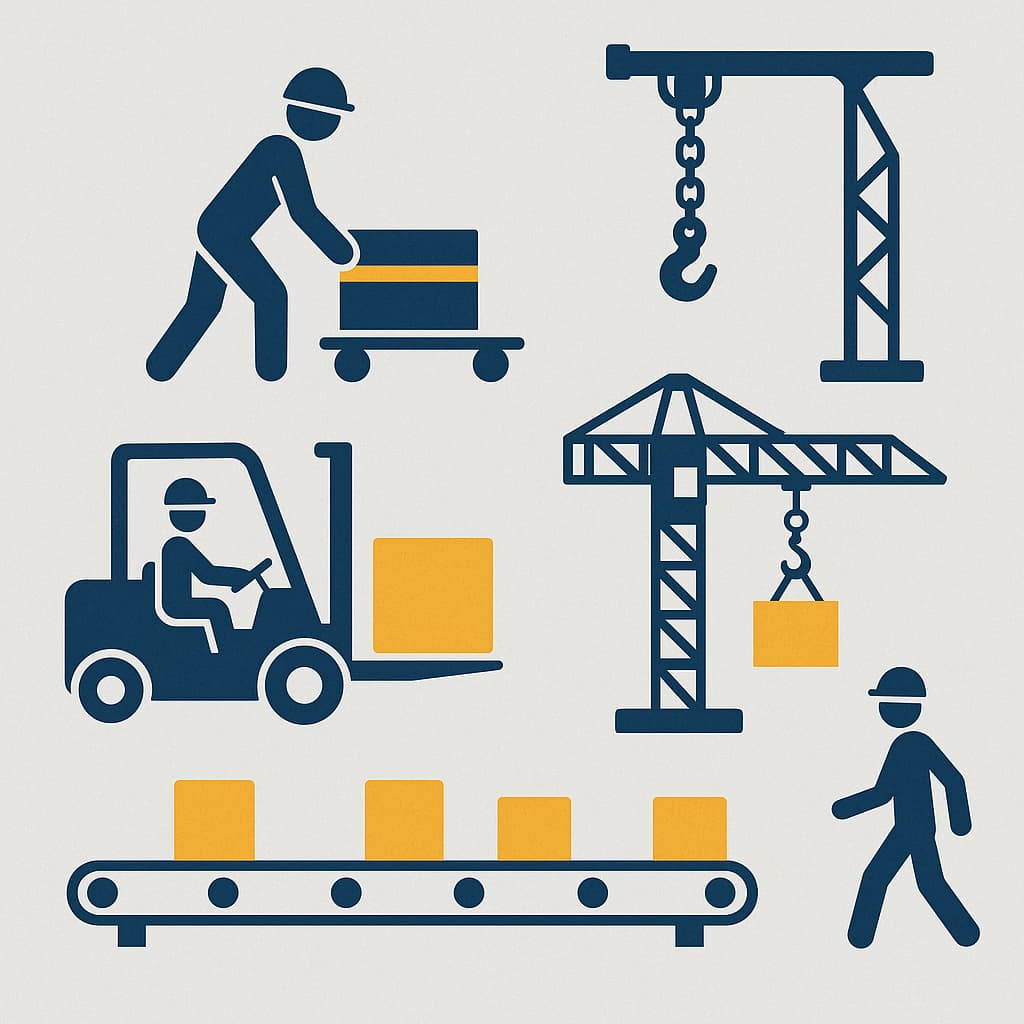💬 Download our FREE HR Audit. Click here!
Manual handling is part of everyday life on construction sites. From moving materials and positioning equipment to carrying tools across uneven ground, workers are constantly exposed to physical strain. While some of these tasks might seem routine, hazardous manual handling is one of the biggest contributors to workplace injuries in the building and construction industry.
Hazardous manual handling isn’t just about heavy lifting. It includes any task that involves:
When these actions are part of daily work, the risk of injury increases significantly.
Construction sites are dynamic environments where conditions change quickly. Materials arrive in bulk, deadlines are tight, and space is often limited. Some of the most common hazards include:
The result? A higher chance of musculoskeletal disorders, strains, sprains, and long-term injuries. These injuries don’t just impact individual workers - they also mean project delays, compensation costs, and reduced productivity.
Here are some practical ways to reduce risks and improve safety culture on-site:
Before moving anything, assess the load. Is it too heavy for one person? Can it be split into smaller bundles? Is the path clear? A quick risk check can prevent a rushed, unsafe lift.

Trolleys, hoists, cranes, forklifts, and conveyors should be the first choice for moving heavy or awkward loads. Mechanical aids remove much of the physical strain and reduce the chance of sudden accidents.
Organise storage areas to reduce unnecessary lifting, bending, or twisting. Keep materials close to where they’ll be used, and ensure pathways are even, well-lit, and free from obstructions.
Workers are often the first to spot unsafe practices. Involve them in developing safe work methods and provide training on correct lifting, pushing, and pulling techniques.
When using trolleys, dollies, or forklifts, make sure items are strapped or clamped down. A shifting load can be just as dangerous as one that’s too heavy.
Tight deadlines often tempt workers to take risks. Build safety time into schedules so tasks can be done correctly and without rushing.
Where possible, rotate physically demanding tasks to reduce the strain on any one group of workers. Repetitive movements over long periods are a leading cause of injury.
At the end of the day, safe manual handling is about looking after people. When tasks are planned properly, and the right tools are used, everyone goes home in the same shape they arrived. For organisations, it also means less downtime and smoother projects - but most importantly, it keeps your team safe and confident on the job.
DISCLAIMER
The information available on this website is intended to be a general information resource regarding matters covered and it is not tailored to individual specific circumstances or intended as a substitute for legal advice. Although we make strong efforts to make sure our information is accurate, HR Dynamics cannot guarantee that all the information on this website is always correct, complete, or up-to-date. HR Dynamics recommendations and any information obtained on this website do not constitute legal advice.